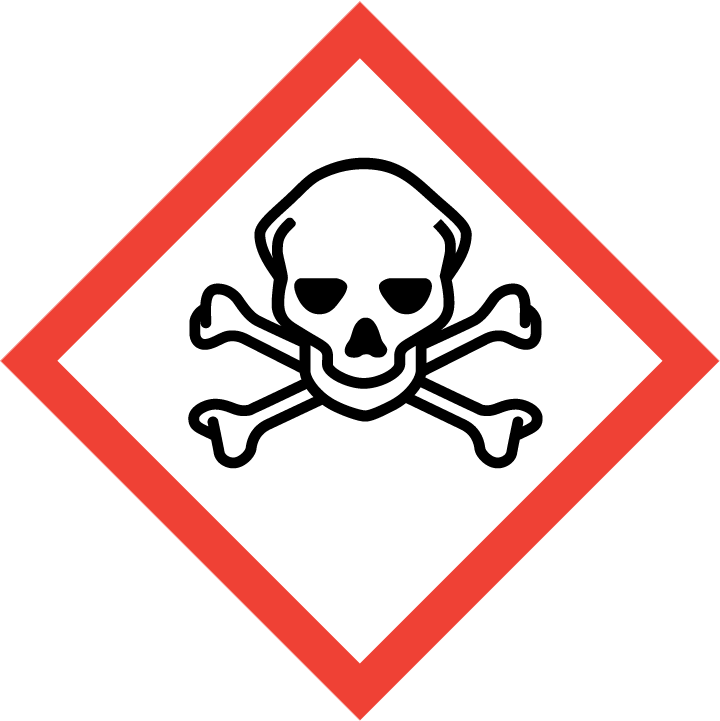| Chemical Name: | 4-Imidazolidinone, 3-phenyl-2-thioxo- |
| CAS Number: | 2010-15-3 |
| Product Number: | AG002D57(AGN-PC-0JV4VB) |
| Synonyms: | |
| MDL No: | |
| Molecular Formula: | C9H8N2OS |
| Molecular Weight: | 192.2376 |

3-Phenyl-2-thioxoimidazolidin-4-one holds a vital role in chemical synthesis as a versatile building block. This compound is widely utilized in the pharmaceutical and agrochemical industries for its unique structural properties and reactivity. Its sulfur-containing heterocyclic ring provides a valuable site for various chemical reactions, allowing for the synthesis of diverse organic compounds. In organic synthesis, 3-Phenyl-2-thioxoimidazolidin-4-one is commonly employed as a key intermediate in the preparation of sulfur-containing heterocycles, which are important in drug discovery and development. It serves as a precursor for the synthesis of various biologically active molecules, such as antibiotics, antiviral agents, and anticancer drugs.Furthermore, this compound is utilized in the construction of complex organic frameworks through its participation in multicomponent reactions and cascade reactions. Its ability to act as a nucleophile or electrophile enables the formation of carbon-sulfur and carbon-nitrogen bonds, which are essential for creating structurally diverse compounds with potential pharmacological activities. Overall, the strategic incorporation of 3-Phenyl-2-thioxoimidazolidin-4-one in chemical synthesis processes contributes significantly to the development of novel compounds with promising applications in the fields of medicine and agriculture.